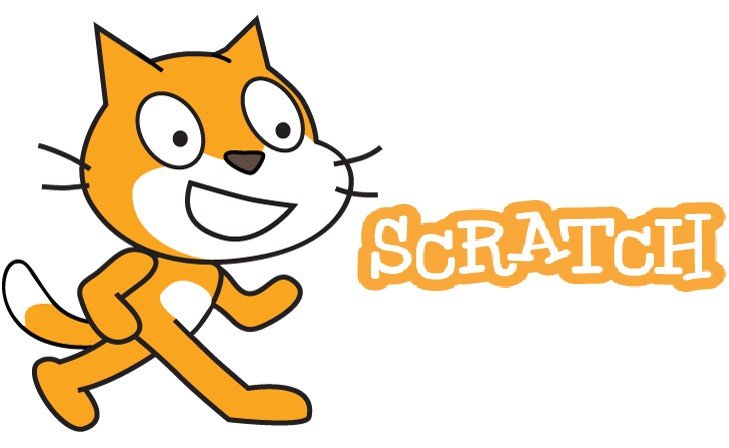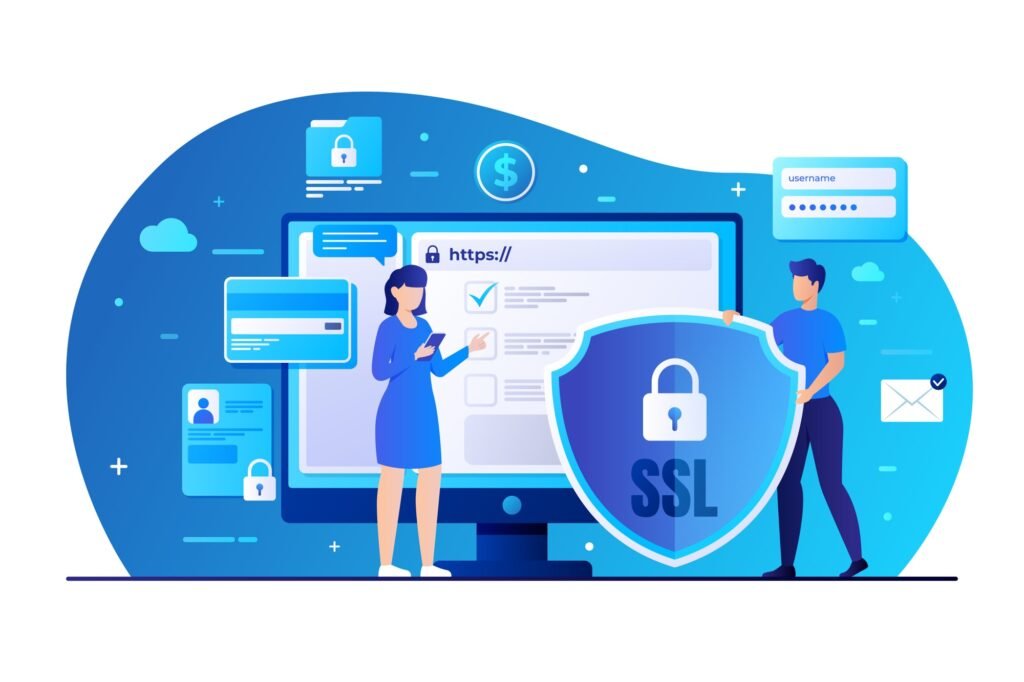Scratch 3.0 is the latest version of the popular block-based visual programming language designed primarily for children and beginners. Developed by the MIT Media Lab, Scratch allows users to create interactive stories, games, and animations through an intuitive drag-and-drop interface. Scratch 3.0, released in January 2019, brought significant updates to the platform, making it more versatile and accessible for a wide range of learners.
Key Features of Scratch 3.0
- Block-Based Programming: Scratch 3.0 continues the tradition of using drag-and-drop blocks, making it easy for beginners to understand the fundamentals of programming without needing to write code manually. Blocks are categorized into different groups like Motion, Looks, Sound, and Control, each designed to perform specific tasks.
- Cross-Platform Compatibility: One of the significant improvements in Scratch 3.0 is its compatibility with various devices. Scratch 3.0 runs in web browsers and is compatible with desktops, tablets, and some mobile devices, making it accessible to a broader audience. Users can create projects on Windows, macOS, and Linux systems.
- Enhanced User Interface: The user interface in Scratch 3.0 was redesigned to be cleaner and more user-friendly. The new layout separates the block categories more clearly, and the project canvas is now larger, providing more space to work on creative projects.
- Extensibility with Extensions: Scratch 3.0 introduces a feature called extensions, allowing users to add specialized blocks for additional functionalities. Extensions enable Scratch to connect to hardware devices like the LEGO Mindstorms, micro:bit, and Makey Makey. They also introduce features like translating text into different languages, text-to-speech, and integrating with music tools.
- More Sprites and Sounds: Scratch 3.0 comes with an expanded library of sprites, backdrops, and sounds, enabling users to make more dynamic and creative projects. The built-in sound editor allows for easy recording, trimming, and editing of audio clips, which can be integrated into Scratch projects.
- Online Community: Scratch has a vibrant online community where users can share their creations, get feedback, and remix other people’s projects. Scratch 3.0 continues to support this community, offering a platform for collaboration and learning from peers around the world.
Why Scratch 3.0 is Important for Learning
- Introduction to Programming Concepts: Scratch 3.0 helps children and beginners grasp the basics of programming, such as loops, conditionals, and variables, without overwhelming them with syntax.
- Developing Problem-Solving Skills: By creating interactive projects, users learn to think logically and solve problems, which are essential skills in both programming and everyday life.
- Creativity and Collaboration: Scratch 3.0 encourages users to be creative by designing their own stories, games, and animations. It also promotes collaboration through its online community, where users can share, discuss, and remix projects.
- STEAM Education: Scratch is a perfect tool for STEAM (Science, Technology, Engineering, Arts, and Math) education. It bridges the gap between creative expression and computational thinking, making it an ideal platform for classroom learning.
What’s New in Scratch 3.0 Compared to Scratch 2.0?
- Support for Mobile Devices: While Scratch 2.0 was primarily limited to desktops, Scratch 3.0 introduces support for tablets, broadening its usability.
- Improved Block Categories: Scratch 3.0 reorganized the block categories, making it easier for users to find what they need. New blocks for text-to-speech, pen drawing, and advanced audio options were added.
- Expanded Hardware Support: Scratch 3.0 allows for integration with various physical computing devices, such as the micro:bit, enabling users to control external hardware through their Scratch programs.
- Backwards Compatibility: Projects made in Scratch 2.0 can be opened and edited in Scratch 3.0, making the transition to the new version seamless.
Example Projects in Scratch 3.0
- Interactive Stories: Users can create branching narratives with character dialogue, animation, and interactive elements, allowing others to choose their own adventure.
- Educational Games: Scratch 3.0 is often used to create educational games, teaching concepts like math, spelling, and even geography, in a fun, interactive way.
- Animations: With Scratch 3.0, users can animate characters, scenes, and objects, creating short films or cartoons.
- Physical Device Interaction: Through extensions, users can control robots like LEGO Mindstorms or interact with the physical world using Makey Makey.
At TechsterTech, we offer custom web development and digital marketing solutions for businesses of all sizes. Whether you’re looking to build an interactive website or improve your online presence, our team has the expertise to help you succeed. Visit TechsterTech.com to learn more about our services.



